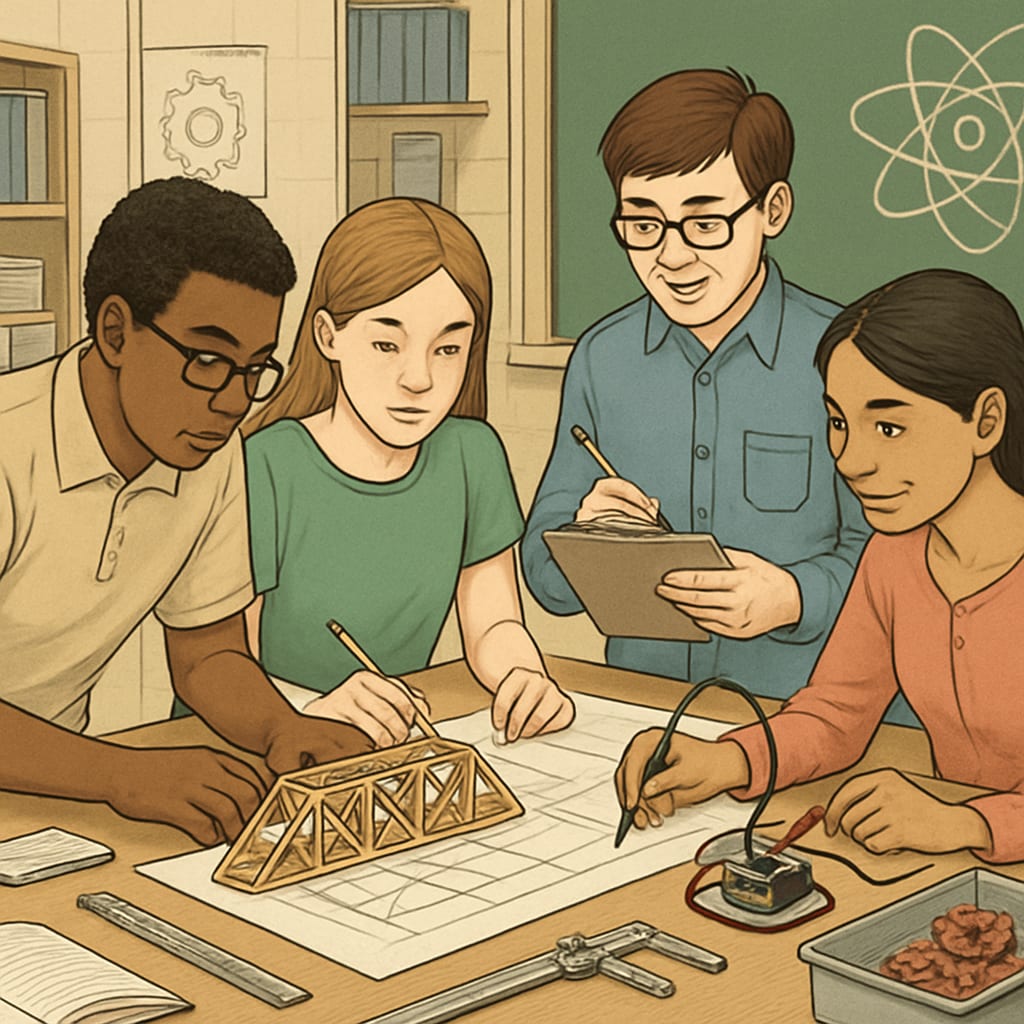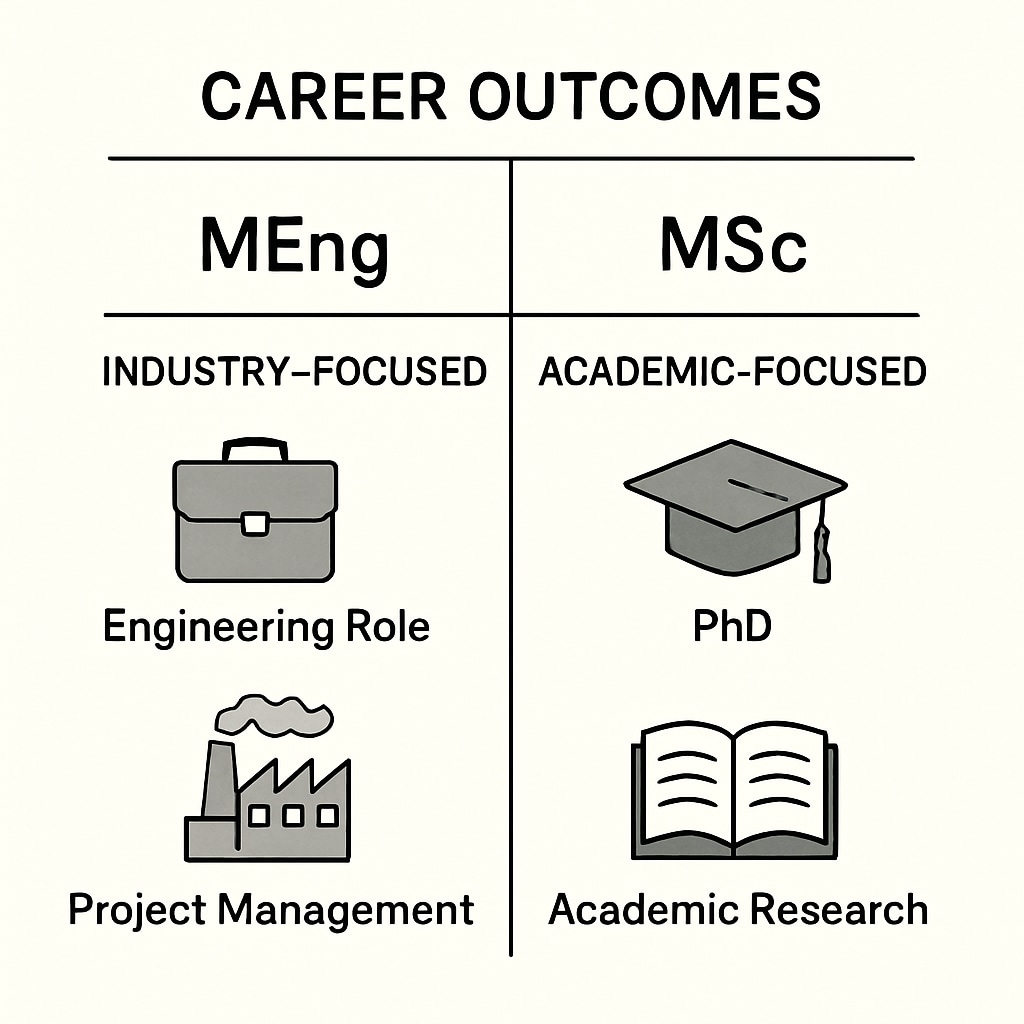In today’s competitive academic and professional landscape, the choice between pursuing an MEng (Master of Engineering) or MSc (Master of Science) in design engineering can significantly shape one’s career trajectory. But what if the real foundation for such choices starts much earlier—during the K12 education years? By integrating STEM (Science, Technology, Engineering, and Mathematics) concepts with practical problem-solving exercises, K12 education can foster engineering design thinking, preparing students not only for advanced degrees but also for impactful careers in the field.

Understanding Design Engineering Thinking in K12 Education
Engineering design thinking refers to the ability to approach problems methodically, combining creativity with analytical skills to develop solutions. Introducing this mindset early in K12 education allows students to develop a strong problem-solving foundation. For example, hands-on activities like building simple machines or designing eco-friendly models encourage innovation while teaching practical engineering principles.
In addition, integrating STEM curricula ensures that students acquire relevant knowledge in science, technology, engineering, and mathematics. According to Britannica’s overview of STEM education, such approaches equip students with critical thinking and technical skills essential for future academic and professional success.
How Early Exposure Influences Future Career Choices
The skills nurtured during K12 education directly influence students’ ability to choose between an MEng and MSc degree in design engineering later in life. While both degrees focus on advancing technical and theoretical knowledge, their career implications differ:
- MEng (Master of Engineering): This degree emphasizes practical applications and industry-oriented skills, ideal for students aspiring to lead engineering projects or work in corporate settings.
- MSc (Master of Science): With a focus on research and academic development, this degree suits individuals interested in pursuing PhDs or contributing to innovation through scientific studies.
By instilling confidence in problem-solving and creativity during K12, educators can help students make informed decisions when choosing between these paths.

Preparing Students for the Future of Design Engineering
To build the foundation for design engineering careers, K12 education can implement the following strategies:
- Project-Based Learning: Encourage students to tackle real-world challenges, such as designing energy-efficient homes or creating sustainable transportation solutions.
- Collaborative Learning: Facilitate teamwork through group projects, fostering communication and interdisciplinary collaboration skills.
- Exposure to Technology: Introduce tools like 3D printing, CAD software, and robotics to familiarize students with modern engineering practices.
Such initiatives not only equip students with technical expertise but also enable them to think critically and innovate effectively. For example, Wikipedia’s explanation of 3D printing demonstrates how this technology is revolutionizing engineering design processes worldwide.
Final Thoughts: Bridging Education and Career Development
In conclusion, the journey to becoming a successful design engineer begins long before university. By fostering engineering design thinking during K12 education, students gain the tools they need to excel in advanced degrees such as MEng or MSc, and ultimately, in their professional lives. Educators, parents, and policymakers must collaborate to ensure that young learners are exposed to the principles of design engineering early, paving the way for informed career choices and impactful contributions to the field.
As a result, bridging the gap between early education and professional development not only benefits individual students but also drives innovation and growth in engineering industries worldwide.


